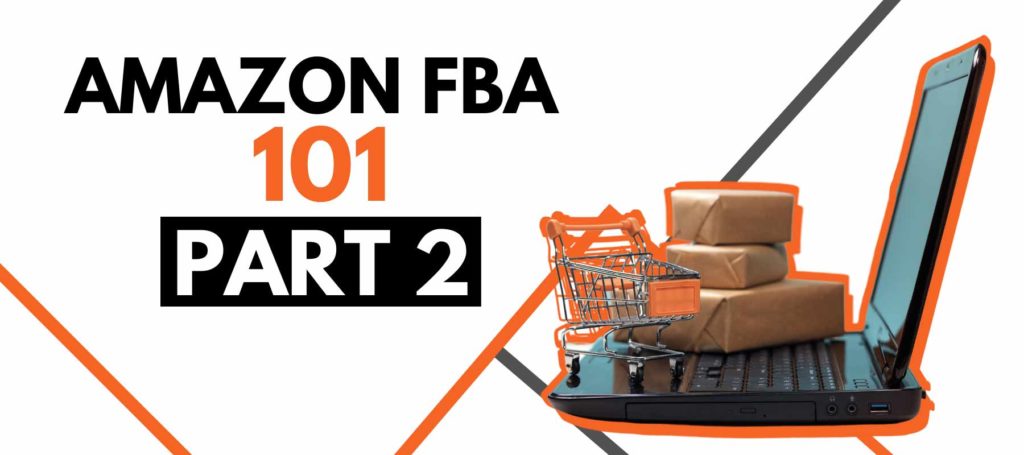
The secret to successful Amazon selling is straightforward: sell a product that is in great demand yet faces little competition.
Indeed, this is true for everyone looking to sell something online. It is elementary economics: you want to position yourself in the Amazon marketplace where there is a strong demand for your products and a limited supply (supply = possible competitors). Once your private label product is out, you want to be able to quickly capitalize on current demand without competing with too many other merchants.
So how can you locate things that are in great demand yet have little competition?
Amazon’s catalog has millions of items, and we have all of the information necessary to locate that needle in a haystack. To make your product search easier, keep the following points in mind. Following these fundamental rules will assist you in determining the best private label items to offer.
These are only suggestions and a template that our professionals have utilized as Amazon sellers on numerous occasions. Each product has its unique opportunity-to-competition ratio.

The one thing that experts emphasize is market evaluation if you want to earn a lot of money as an Amazon seller. As a result, it becomes critical to conduct thorough Amazon product research before jumping in headfirst.
Newcomers occasionally look at other business models such as retail arbitrage since the process of becoming an Amazon seller may appear to be excessively burdensome.
However, rest assured that every successful Amazon seller has passed through this stage. Choosing the best bankable product is not as difficult as it appears.
When doing product research, there are various factors to consider – niche selection, brand limits, competition, and selling expenses, to name a few.
Amazon product research has evolved significantly over the previous few years. What worked previously may or may not work now.
There are two distinct methods for conducting Amazon Product Research:

Estimating which products have a high demand in the market is key to your success as an Amazon seller. So let’s see how you can determine the demand for the products you’re looking to sell:

As a current Amazon seller, you are almost certainly already aware of this.
The question is, are you utilizing the data it provides?
In actuality, many vendors will view this information as useful and moderately fascinating. Sellers trying to grow their businesses, on the other hand, will understand that this is Amazon offering important data about the most popular goods on the marketplace.
In other words, they’re advising you on which things would be worth your time and money to market. We say “maybe” because there are still several other factors to consider, which we shall discuss shortly.
This is where the BSR, often known as the Best Sellers Rank, enters the picture.
To be specific, each product on Amazon has a BSR, which can be viewed on the product details page of any item listed on Amazon.
This rank indicates the product’s exact position in the relevant category and subcategory in terms of product sales.
While it would be good to know the exact amount of sales generated by each specific product, Amazon does not give this information.
This signifies that the rank is the best data we have. Having said that, as nice as sales volumes are, the BSR is still a strong indicator of the product’s market demand.
This is not to say you should avoid less popular categories; it just means you must temper your expectations. After all, because Amazon does not give us actual sales data, this is all we have.

Selecting the appropriate software to assist with Amazon FBA product sourcing is critical to success. There are several tools accessible, and we hope this list assists you in making the best choice.
Keeping a competitive advantage on Amazon is no easy task. This is especially true if you do not monitor your competition. Discover how to keep one step ahead of the competition with this concise checklist for doing an effective Amazon competitive analysis.
To begin, determine your adversary. There are several methods for evaluating your competitors. Profit Bandit should be consulted prior to making any purchases. Conduct research on the things in your inventory. Certain websites, such as Amazon ASIN, even give certain information for free.
Your competition maintains an Amazon profile and a storefront. Check the seller’s shipping terms and restrictions on the Offers page, and then click on the seller’s name. This opens their profile. You may view the shop from here to discover which brands they carry and how many things they offer.
Apart from social media, there are more public information sources. There is certain to be a website or a profile of the firm someplace. Consider the following approaches for gaining an understanding of the company:
Any information you discover on this site may become valuable. Make a list of their advantages and disadvantages. You may be unable to profit from them. However, they will assist you in comprehending the landscape in which you operate.
Competitive analysis on Amazon begins with listings. Sift through the Product page’s photographs, videos, title, and description. Do not overlook branding. This includes tone, design, packaging, and labeling.
You may compare listings to determine which keywords your competition is using. Alternatively, you may put an ASIN into a keyword research engine like Sonar to obtain a free sample. It provides insight into pay-per-click advertising and backend keyword research. Best of all, these lists are downloadable.
The same holds true for Amazon ASIN. A query returns somewhat different results, but they are more visually appealing. Bear in mind that none of these technologies provide a secure connection.
Numerous new details are revealed in product reviews. However, you should concentrate on the product’s advantages and disadvantages. Take note of any qualities that reviewers rave about. Additionally, ascertain what they dislike about the product and how yours addresses the issue.
You don’t need to keep track of vendors’ prices to comprehend their pricing strategy. ProfitBandit may be used to scan any goods. Then, using the built-in Camel widget, monitor Amazon pricing movements.
Observe patterns and distinguish between fast-moving and slow-moving things. Consider how quickly your competitors can price changes, sell out, and refill supply. You may then develop your pricing plan.
This is the point at which things become fascinating. Numerous Amazon sales estimate tools are available online. JungleScout is one such example. These tools provide monthly sales for individual products based on their sales rank. However, it is not a precise science. Therefore, take the findings with a grain of salt.
Are you keeping an eye on your competitors? Excellent work. However, you cannot comprehend their business plan unless you put in a few orders. So begin by asking some questions to ascertain how long it takes them to react.
When placing a purchase, experiment with different delivery methods to determine the couriers and the service they provide. Also, look for hints on the dispatch location and, maybe, the fee.
You must monitor your competitors’ advertising strategies. Consider the dates on which they are introduced, the regularity with which they are launched, and the scale they are released.
The conclusion here is to avoid allowing a little Amazon competition to detract from your aims.

If you want to succeed on the Amazon marketplace – whether as a seller or a vendor – you must put in the time. Whether you are a first-time seller or an experienced seller, introducing a new product on Amazon is challenging.
However, why is it so difficult?
The Amazon A9 algorithm uses several different variables to determine your product’s rating. The sales velocity, measured by the click-through rate(CTR) and conversion rate(CVR), is a critical element. They are determined, in turn, by:
It appears to be rather straightforward.
Here’s the rub: for a product to sell, it must rank highly in search results. And for a product to rank well, it must sell. Thus, where do you begin? That is the logical contradiction inherent in Amazon product releases. Essentially, this implies you must generate initial revenues and maintain a high ranking — both simultaneously.
Now, how can you that?
See what our experts suggest.

Another method of reaching a targeted audience is through Influencer Marketing.
You may provide an influencer or renowned blogger in your field a discount coupon in exchange for linking to your product listing. This may also assist in giving social evidence in the absence of product reviews.
Bear in mind, however, that you are losing additional money because you are frequently required to pay a large fee to the influencer.
Norman Farrar Entrepreneur and businessman Norman “The Beard Guy” Farrar stands at the forefront of the economic mega-machine known as Amazon Marketplace. As a leading expert with over 25 years of product sourcing, development, and branding expertise, Norm is an advisor to many and an inspiration to all.
Learn more about Amazon and e-commerce on the “Lunch With Norm” podcast: https://podcasts.apple.com/ca/podcast/lunch-with-norm-the-amazon-fba-ecommerce-podcast/id1525564513

Norman Farrar Entrepreneur and businessman Norman “The Beard Guy” Farrar stands at the forefront of the economic mega-machine known as Amazon Marketplace. As a leading expert with over 25 years of product sourcing, development, and branding expertise, Norm is an advisor to many and an inspiration to all.
Learn more about Amazon and e-commerce on the “Lunch With Norm” podcast: https://podcasts.apple.com/ca/podcast/lunch-with-norm-the-amazon-fba-ecommerce-podcast/id1525564513